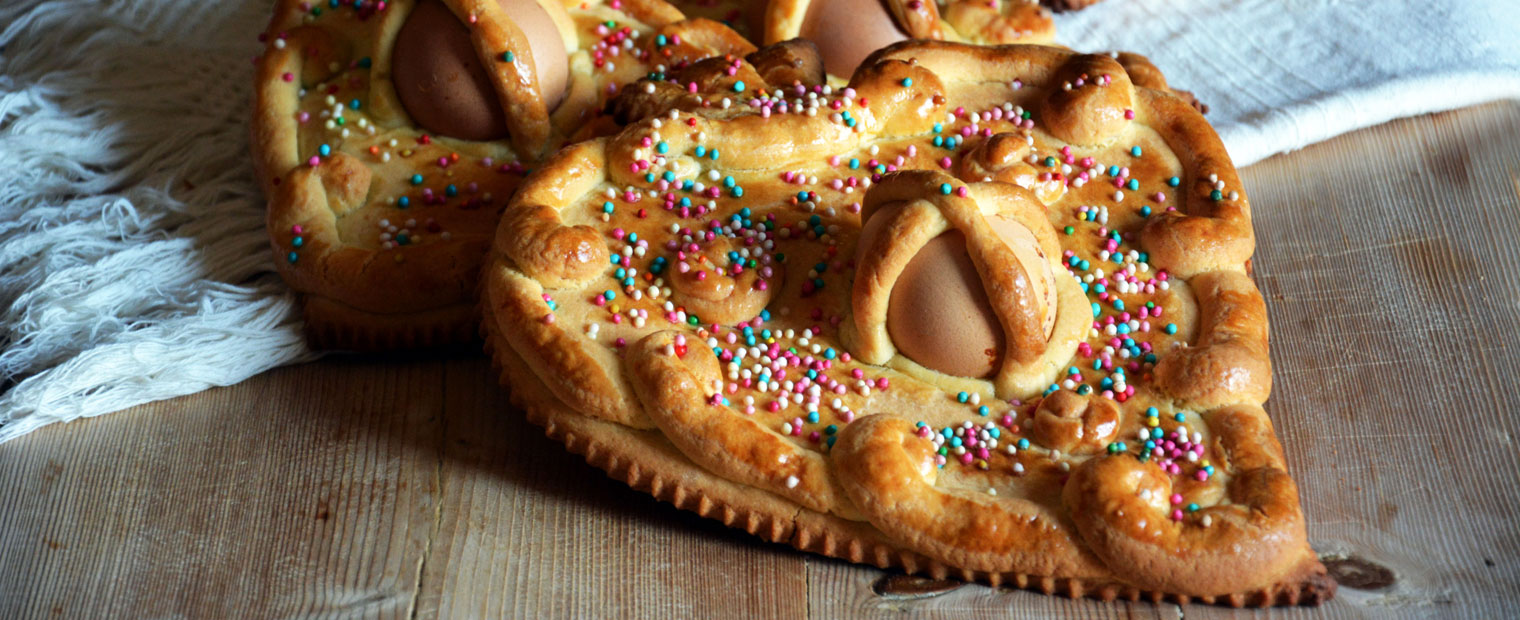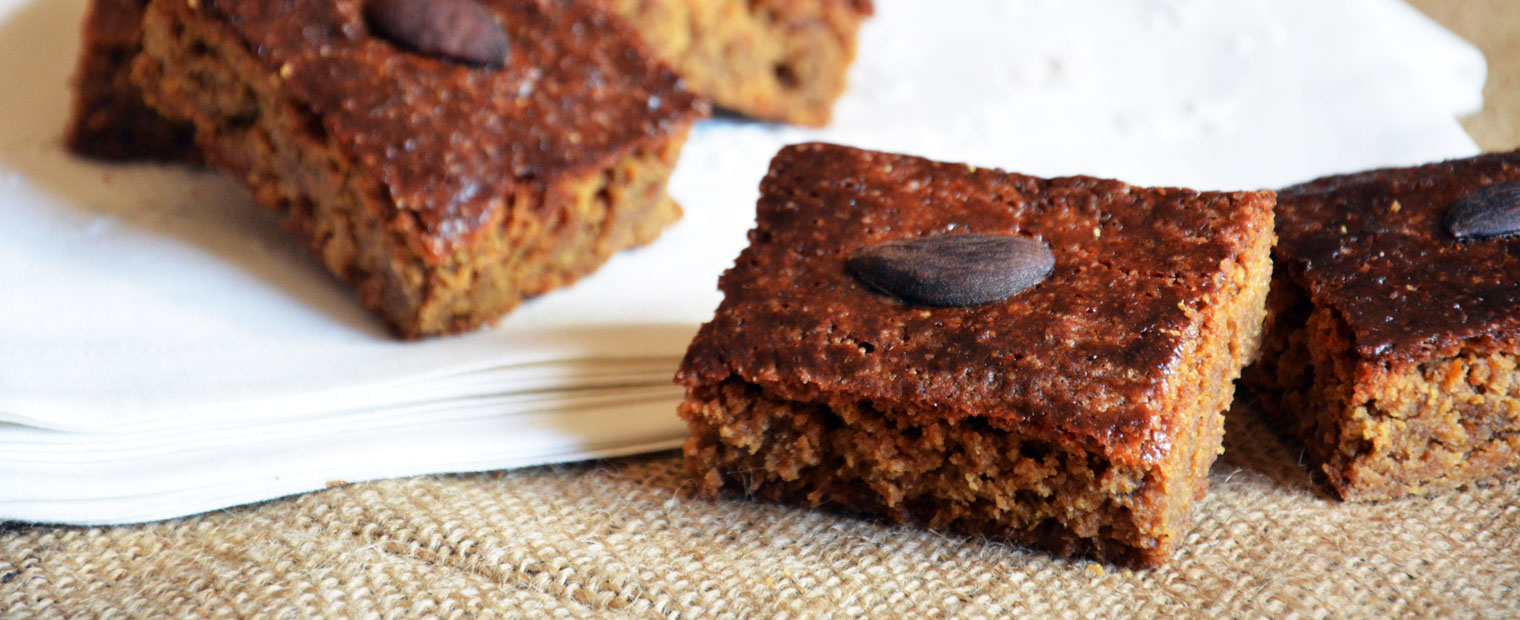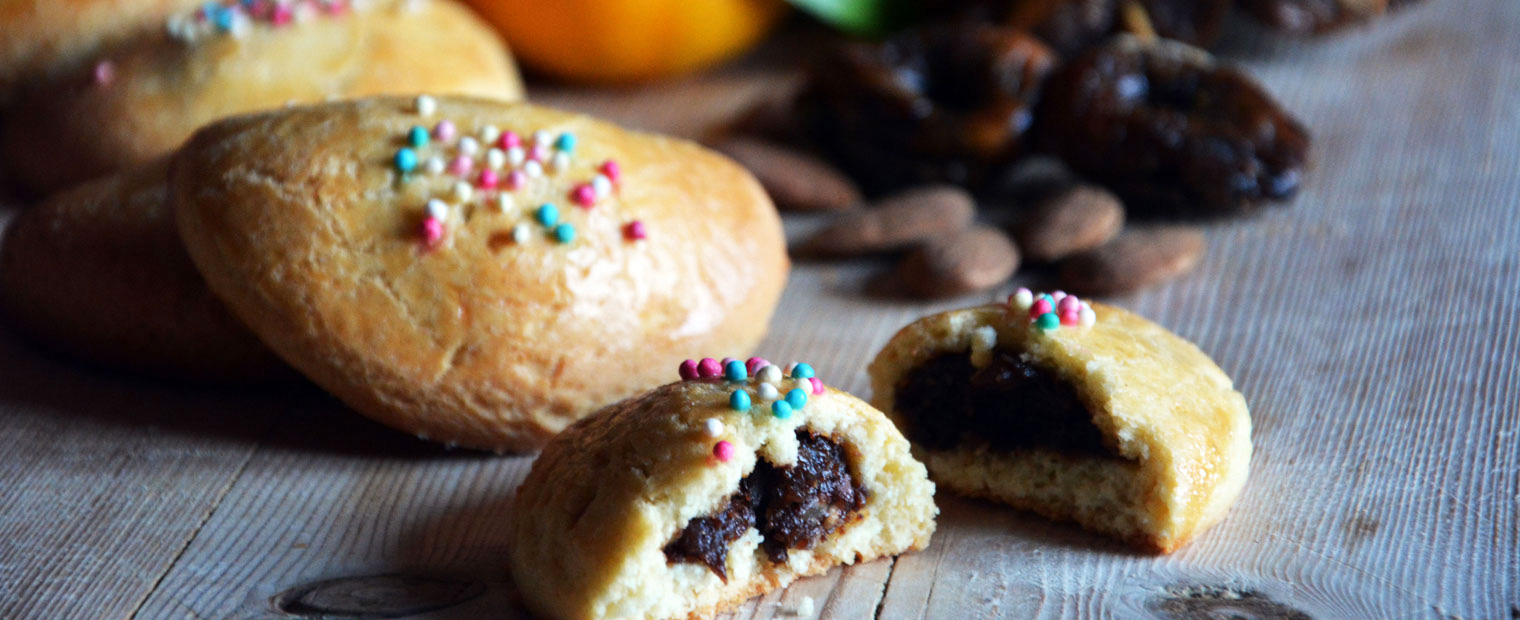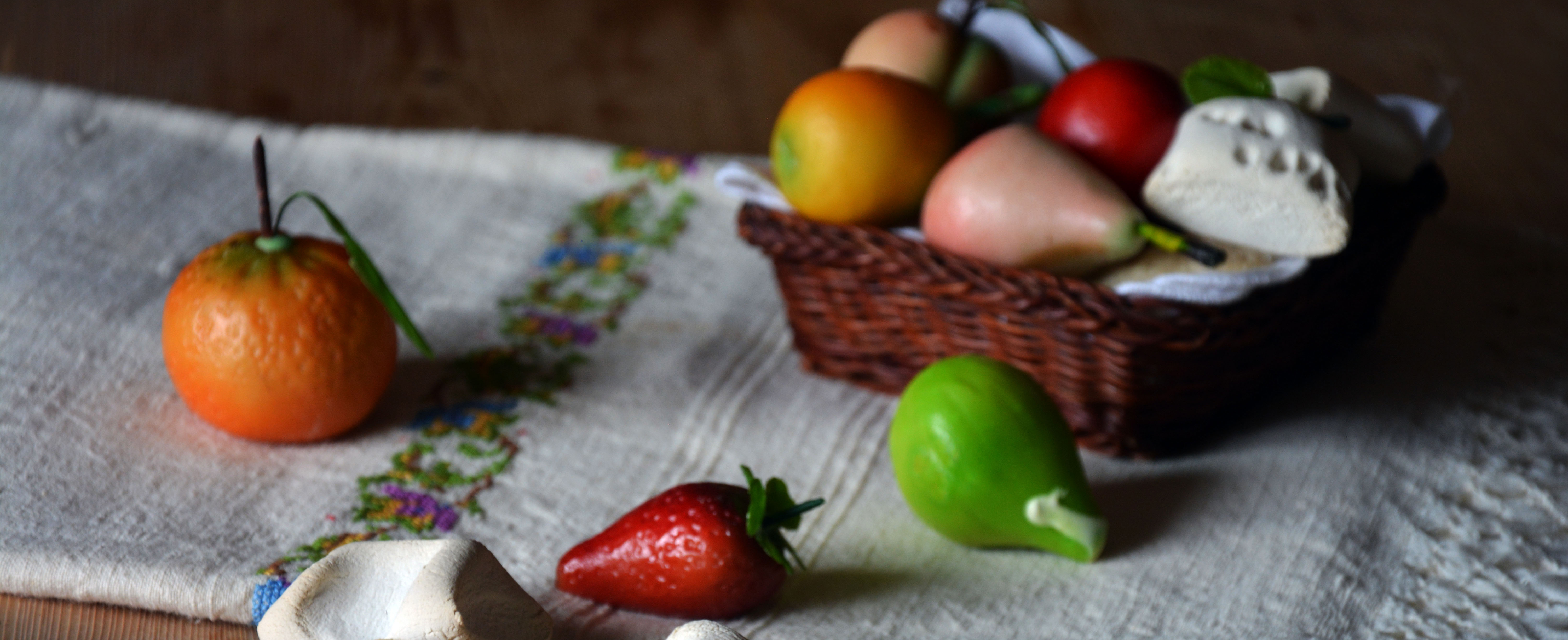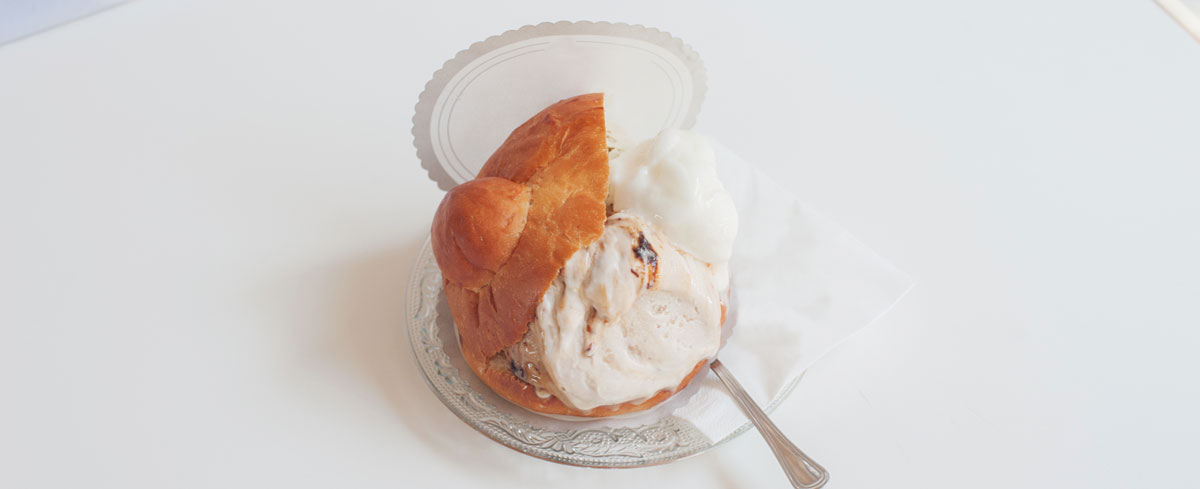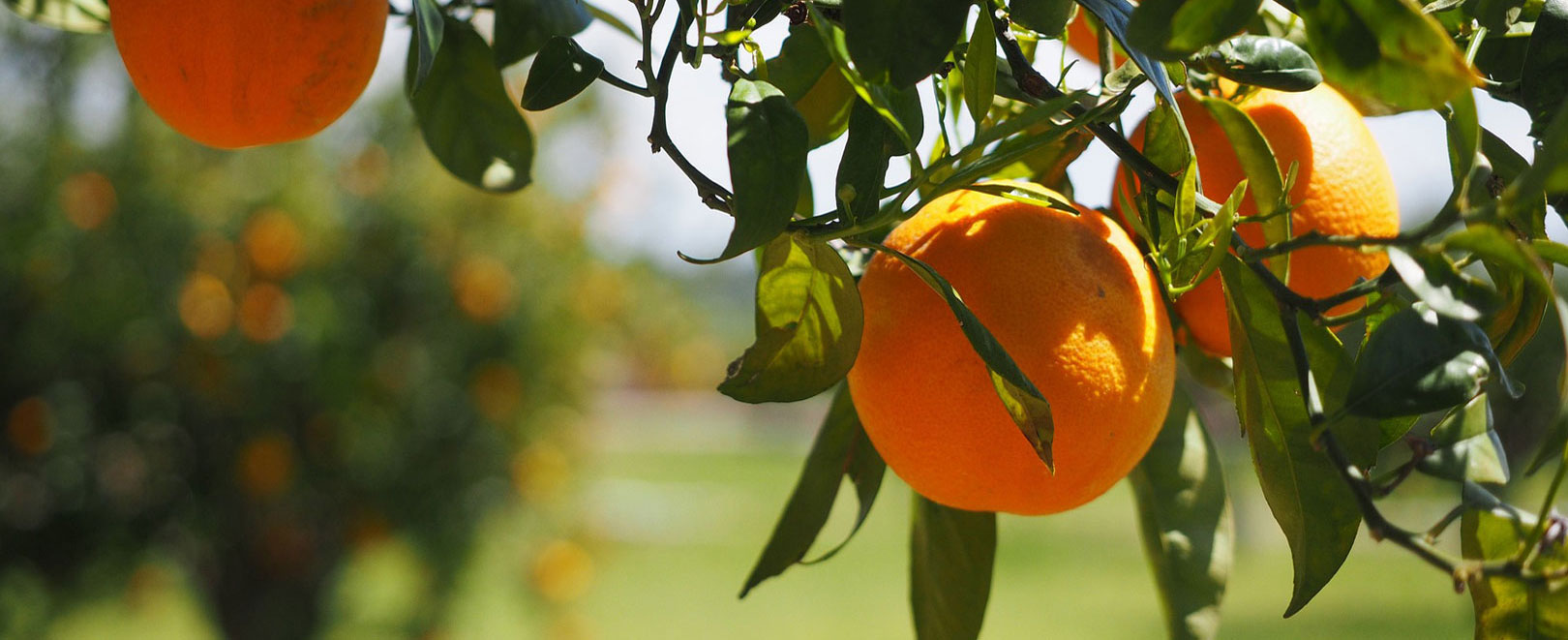The oral tradition claims that a salty version of the cuddhuraci known today was brought in by Jews fleeing Egypt, who kept bread stuffed with eggs. Over the centuries, the recipe has obviously changed and adapted to the times, although the basic ingredients have remained unchanged: water, flour, and sugar.
More eggs, more love
Often the girlfriends (“zite”) who wanted to follow the tradition prepared and gave the cuddhuraci as a pledge of their love to the bridegroom on Easter day so that they could eat them together the following day. Once both the size and number of eggs used in the preparation of these typical sweets varied in equal measure to the importance of the person they were destined for: you find dough containing more than 100 eggs.
DID YOU KNOW THAT...?
The cuddhuraci should not be confused with cuddrurieddri, donuts made of flour and fried potatoes, always consumed during the Easter period.
The various shapes of the biscuits
Cuddhuraci, modelled in various Easter forms, ranging from the basket to the heart, the hen to fish or dove, are mainly composed of flour, yeast, sugar, oil or lard, milk, lemon peel, and of course eggs, which are placed in the centre of the biscuit. In the past, strict rules were observed regarding the consumption of cuddhuraci: some forms could only be consumed by women, others by men while accompanied by a glass of wine.
